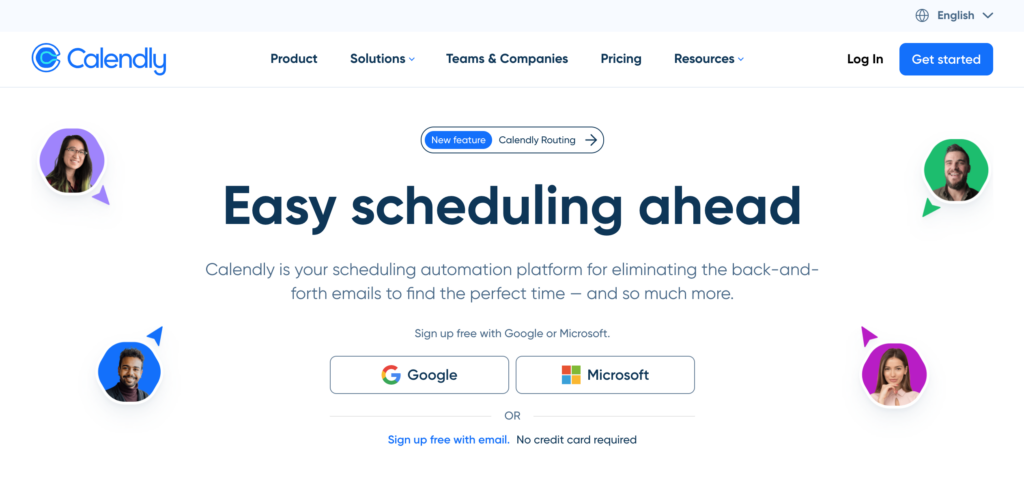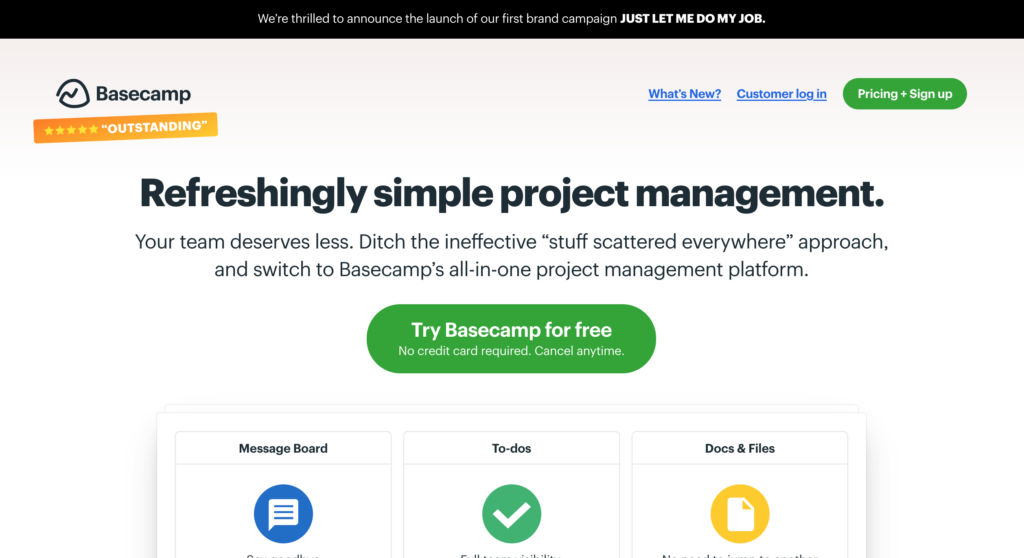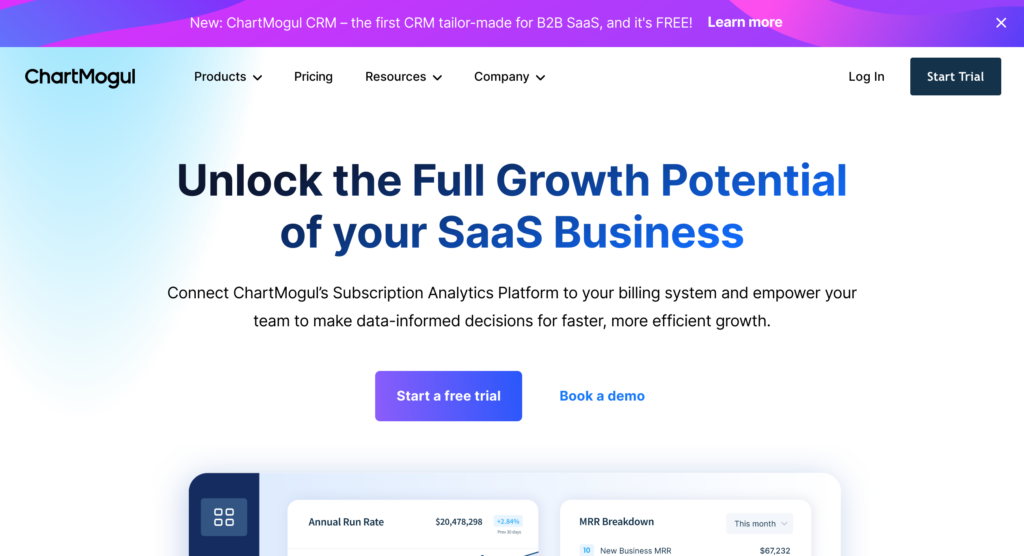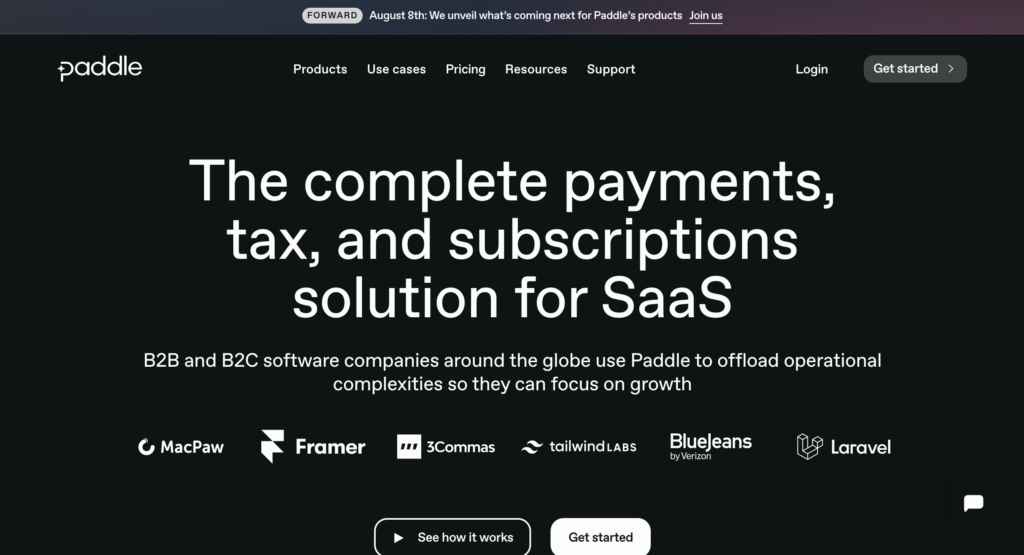Mastering Product Messaging: How to Get It Right
-
UncategorizedUpdatedPosted:
On this page
If you’re a product marketer, you know how important quality product messaging is. It cuts through the noise and helps your product stand out from the crowd.
To get the most out of your product messaging, everyone in your organization needs to rely on clear, consistent product messaging. Without it, it’s harder for customers to understand why they should choose your product over others. So, let’s talk about how to do it right.
What Is Product Messaging?
At its core, product messaging is simple. It’s all about how you define your product and communicate its value and relevance to your target customers. However, getting it right can be a challenge.
To start, focus on positioning your product. To do this effectively, you need to understand your customer. By pinpointing what your customer needs and wants, you can highlight where your product fits within the market. Remember, your positioning sets the stage and product messaging brings your story to life.
Next, clearly explain what you do. For instance, let’s say you’re offering productivity software designed for project management. Your product messaging would involve communicating how your software streamlines project planning, task management, and team collaboration.
A key part of this is understanding the challenges your target customers face. By identifying their pain points, you can offer a solution that resolves or alleviates them.
For example, product managers often struggle with project prioritization. To address this in your product messaging, you can highlight helpful features like task lists, reminders, and notifications, helping users stay organized and on top of their workload.
Successful product messaging also shows what sets you apart. For instance, if your software offers a better user experience than competitors, highlight it. Put the spotlight on your user-friendly interface, streamlined workflows, and customizable dashboards that prioritize ease of use.
How to Develop Effective Product Messaging
To ensure your product messaging hits the mark, there are a few things to keep in mind. To start, you need a framework in place. That’s where the Fletch PMM’s Product Marketing Canvas, created by Anthony Pierri and Robert Kaminski, comes into play.
Unlike the typical business model canvas or value proposition canvas, this Product Marketing Canvas is specifically designed to help you explain your product. It covers all the important bases and gives you a clear structure to define your product’s capabilities, features, and benefits.
- Who Your Product Is For
- What It Does
- How It Works
- Why It Matters
No matter what framework you are using, the steps to effective product messaging are more or less the same.
Know Your Target Audience
Understanding your target audience is the foundation of effective product messaging. Conduct thorough market research to identify your ideal customers, their needs, pain points, preferences, and aspirations. Use techniques such as surveys, interviews, and data analysis to gain deep insights into your audience’s behavior and motivations. Your customer-facing teams, such as customer support and customer success, offer valuable insight into your product. They directly interact with customers, gaining firsthand knowledge of their problems and receiving feedback. This knowledge will help you tailor your messaging to resonate with your target customers.
- Effective Example: "Our market research revealed that busy professionals struggle with organizing their tasks and deadlines. Our product is designed to simplify project management, helping professionals stay on top of their workload effortlessly."
- Ineffective Example: "Our product is for everyone. It’s great for task management and project planning."
Define Your Unique Selling Proposition (USP)
Your Unique Selling Proposition (USP) sets your product apart from the competition and is a crucial element of your messaging. Identify the key features and benefits that make your product unique and valuable to customers. Your USP should answer the question, "Why should customers choose your product over others?" It should be clear, concise, and memorable, leaving a lasting impression on your audience.
- Effective Example: "Unlike traditional project management tools, our software offers a unique AI-powered task prioritization feature that boosts productivity by 30%."
- Ineffective Example: "Our software is advanced and feature-rich."
Craft a Clear Value Proposition
Your value proposition is a succinct statement that communicates the primary benefit your product offers to customers. It should answer the question, "What problem does your product solve, and how does it benefit the customer?" Focus on the outcome your product delivers rather than just its features. A strong value proposition creates a compelling reason for customers to choose your product and sparks their interest to learn more.
- Effective Example: "Tired of juggling multiple tools for project management? Our all-in-one software streamlines your workflow, saving you hours of time and reducing stress."
- Ineffective Example: "Our software is comprehensive and efficient."
Keep It Simple and Clear
Avoid using technical jargon or complex language in your product messaging. Aim for simplicity and clarity so that your message is easily understandable by your target audience. Use straightforward language and avoid overwhelming customers with excessive information. A clear and concise message will make it easier for customers to grasp the value of your product quickly.
- Effective Example: "Intuitive design and seamless navigation make project management a breeze with our software."
- Ineffective Example: "Our software provides a user-friendly experience and easy access to features."
Use Customer-Centric Language
Frame your product messaging from the perspective of your customers. Speak directly to their needs, desires, and pain points. Use language that resonates with your audience on an emotional level and connects with them on a personal level. When customers feel that your messaging understands their challenges and aspirations, they are more likely to engage with your product.
- Effective Example: "Get organized effortlessly with our software that understands your needs and adapts to your workflow."
- Ineffective Example: "Our software is powerful and feature-packed."
Highlight Key Features and Benefits
Showcase the most important features of your product and how they directly address the pain points of your target audience. Clearly communicate the benefits customers will experience by using your product. Use real-life examples, case studies, or testimonials to demonstrate how your product solves specific problems and improves customers’ lives.
- Effective Example: "Boost collaboration with real-time task updates, customizable workflows, and easy file sharing."
- Ineffective Example: "Our software has great collaboration features."
Utilize Visuals and Storytelling
Incorporate visuals such as images, infographics, or videos to complement your product messaging. Visuals can help convey complex ideas in a more engaging and digestible format. Additionally, use storytelling elements to create a narrative around your product. Share customer success stories, use cases, or anecdotes that evoke emotions and create a connection with your audience.
- Effective Example: Showcase success stories and testimonials from satisfied customers, demonstrating how our software transformed their project management experience. – Ineffective Example: "Our software has received positive reviews from customers."
Ensure Consistency Across Channels
Maintain consistency in your product messaging across all marketing channels. Whether it’s your website, social media, advertising, or other promotional materials, a consistent message reinforces your brand identity and builds trust with your audience. Ensure that the core message remains the same, while adapting the format and tone to fit each channel’s unique requirements.
- Effective Example: Maintain a consistent message across our website, social media, and advertisements, emphasizing how our software simplifies project management for professionals. – Ineffective Example: The website emphasizes efficiency, but social media posts focus on cost-saving benefits.
Test and Iterate
Continuously test your product messaging with your target audience to gather feedback and insights. Use A/B testing to compare different messaging approaches and identify which resonates best with customers. Analyze the results and refine your message based on customer responses. Iterative testing allows you to optimize your messaging over time for better engagement and conversion.
- Effective Example: Conduct A/B tests with two versions of our value proposition to see which resonates better with our target audience.
- Ineffective Example: Stick with the same messaging despite lackluster results in customer engagement.
Address Objections and Concerns
Anticipate potential objections or concerns that customers may have about your product. Use your messaging to provide reassurance and address these doubts head-on. Offer clear explanations or evidence that counters objections and highlights the value of your product. Addressing concerns proactively helps build trust and credibility with your audience.
- Effective Example: Address common concerns about data security by highlighting our software’s robust encryption and compliance with industry standards.
- Ineffective Example: Ignore customer inquiries about data security.
Monitor Competitor Messaging
Stay informed about industry trends and keep an eye on your competitors’ messaging. Understanding how competitors position their products can provide valuable insights into market dynamics and customer preferences. Use this information to differentiate your product and identify areas where your messaging can stand out.
- Effective Example: Analyze competitor messaging to find gaps in the market and position our software as the superior solution for project management.
- Ineffective Example: Pay no attention to competitor messaging, leading to missed opportunities to highlight our unique advantages.
Update Messaging as Needed
Your product messaging isn’t set in stone. As your product evolves and your customer base grows, your messaging may need to change too. Over time, you might uncover new product features, capabilities, or benefits that should be highlighted in your messaging. And as your customer base grows, you’ll gain insights into their needs and wants, which may require adjusting your messaging to better resonate with them.
Don’t be afraid to adapt and refine your messaging along the way. Iterations are a natural part of product messaging.By keeping your messaging up to date, you ensure that your product remains competitive and compelling in the market.
- Effective Example: Revise our messaging to include new features and benefits that have been added to the latest version of our software.
- Ineffective Example: Continue using outdated messaging that no longer reflects our product’s current capabilities.
Hopefully with these things in mind, you can create product messaging that effectively communicates the value of your product, resonates with your target audience, and drives successful marketing and sales efforts. Remember that crafting effective product messaging is an ongoing process that requires continuous refinement and adaptation to meet the evolving needs of your customers and the market.
How to Know If You’ve Got It Right?
You’ll know your product messaging is hitting the mark when two things happen – your business grows, and customers are left happy.
First off, effective product messaging will have a positive impact on your business. It’ll attract more customers, increase engagement, and drive growth. These are all clear signs your product messaging is working.
Your customer’s response is also very telling. So pay attention to what they’re saying. When they tell you, "This makes perfect sense to me," or "This is exactly what we’ve been looking for," it means your messaging has struck a chord with them. It shows they understand the value of your product and feel like it’s the solution they’ve been looking for.
Keep an eye on business growth and listen to customer feedback. When you see growth and hear positive responses, you’ll know your product messaging is spot on. You can always collect customer feedback by email to get a better idea of what is going on.
What Does Bad Product Messaging Look Like?
Simply put, bad product messaging is confusing. It creates a mismatch between your website, product, and marketing efforts, leading to a disjointed customer experience.
Product messaging that falls short leaves customers unsure of what your product does and whether it’s for them or someone else. It fails to clearly communicate how your product solves their problems or meets their needs.
When to Change/Edit Your Product Messaging
Sometimes you need to switch gears. If your product messaging isn’t resonating with your customers, it’s time to go in another direction. You may also need to consider changing or editing your messaging when there are shifts in the market.
This can look like changing industry trends and evolving customer preferences. So, it’s key to keep your finger on the pulse to understand when your product messaging needs a refresh.
Successful Product Messaging Examples
When it comes to product messaging, looking at other companies with clear messaging can be helpful. By studying what works for them, you can learn how to craft quality messaging of your own.
Calendly
Calendly is a prime example of
clear product messaging done right. When you visit their website,
it’s clear what they offer.

They highlight key features like time-saving capabilities and easy integration with popular calendar platforms. Their messaging is consistent across the site, making it easy to understand the value they bring to the table.
Calendly’s approach shows how effective product messaging can make a big impact. They get straight to the point and make it clear why they’re the best solution for scheduling.
No confusion, no hassle – just a straightforward message that speaks directly to their users’ needs.
Basecamp (the absolute best!)
Basecamp has mastered the art of clear product messaging. The main header on their website says it all.
They clearly communicate how their project management software
helps teams stay organized, collaborate effectively, and achieve
their goals.

With Basecamp, it’s easy to understand the value they offer and why they’re a top choice in the market. Their straightforward messaging leaves no room for confusion by making it clear why Basecamp is the go-to solution for project management.
ChartMogul
When it comes to clear product messaging,
ChartMogul
stands out. Right off the bat, you know exactly what they do and
how their product can benefit your business.

ChartMogul is all about delivering powerful analytics and insights for subscription businesses, helping you make data-driven decisions with ease.
They use concise and straightforward language to explain the benefits and features of their platform, making it easy for customers to understand the value it provides.
Paddle
Paddle’s product messaging is
on point. They know how to communicate their value proposition and
make it easy for customers to understand why their platform stands
out.

Paddle makes it clear how its platform simplifies the sales process for SaaS companies. Their messaging strikes a balance between being concise and providing the detail customers need.
Get Your Message Out There With This Marketing Automation Platform
As you work on enhancing your product messaging, consider exploring Vero. It’s a marketing automation platform designed specifically for product marketers.
Book a demo today to learn more about Vero. You can also sign up for a free trial – no credit card required.
Want to send more personalized mobile and email messages to your users?
Learn moreCustomer story

How Vero helps Dribbble take full advantage of their customer data to improve personalization
